[Korean History] When Koreans lost a first lady
Assassination attempt on military strongman Park Chung-hee killed first lady Yuk Young-soo in 1974
Published : 2023-03-22 17:52:21
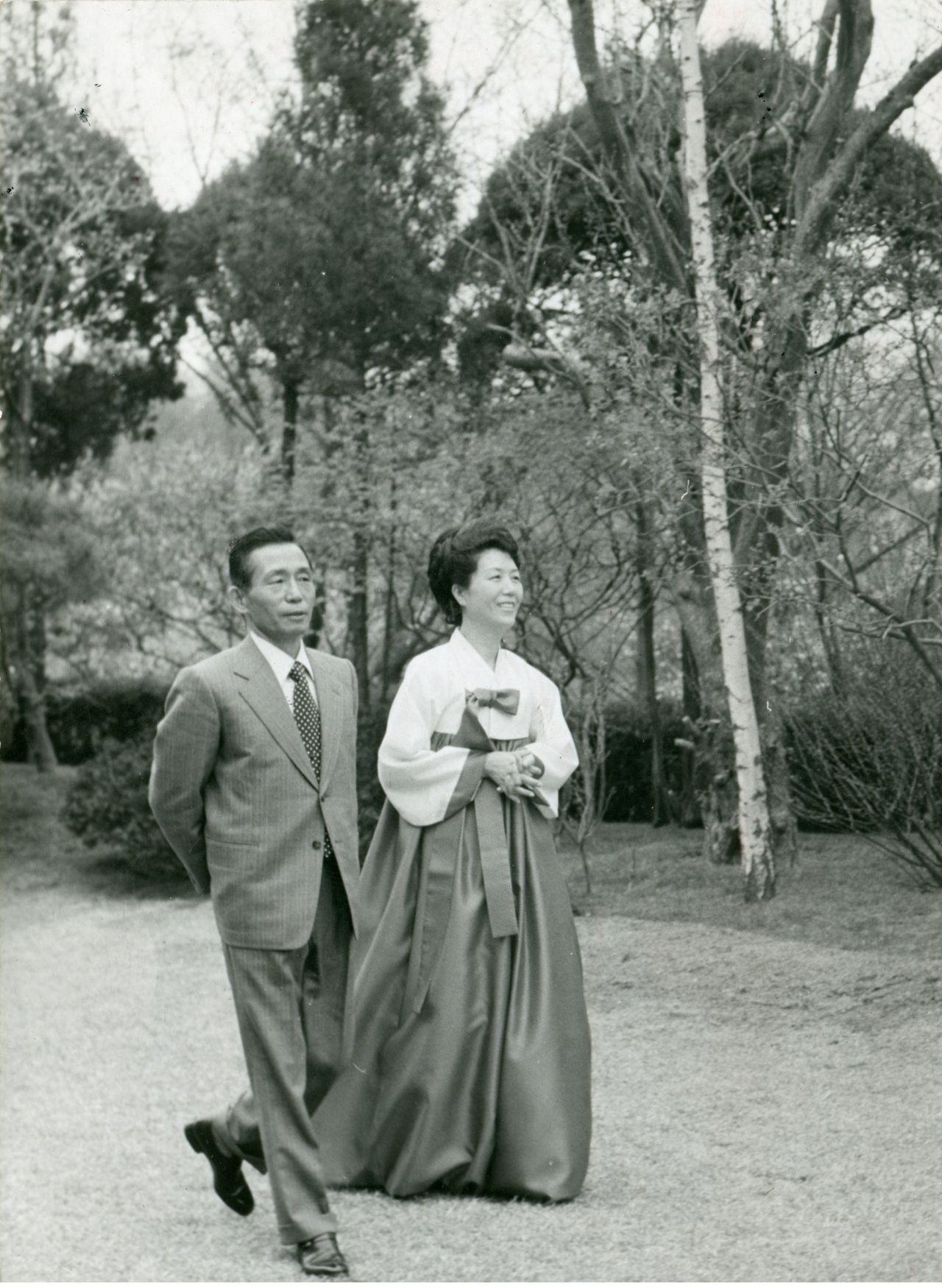
"History through The Korea Herald” revisits significant events and issues over seven decades through articles, photos and editorial pieces published in the Herald and retell them from a contemporary perspective. – Ed.
Aug. 15 is a national holiday marking Korea’s liberation from 35 years of Japanese colonial rule in 1945.
But the historic day for South Koreans turned into a nightmare 48 years ago in 1974, when then-first lady Yuk Young-soo was killed by a bullet meant for her husband -- military dictator and the third President of Korea Park Chung-hee -- during a nationally televised commemoration ceremony.
At around 10:23 a.m., as Park was moving onto the topic of the two Korea's peaceful unification in his address, a sudden gunshot echoed through the air.
In the next few seconds, a 38-caliber pistol-wielding man surged toward the stage, firing several shots. The assassin, later identified as Japanese-born North Korean sympathizer Mun Se-gwang, was stopped just 10 meters away from where Park stood.
Park managed to take cover behind his podium. But the first lady, who was seated toward the back of the stage, was shot in the head.
Despite the best efforts of the medial team at Seoul National University Hospital, the damage was too severe. Yuk was pronounced dead at around 7 p.m. the same day.
The tragic passing of the 48-year-old first lady, officially announced about an hour later, plunged the entire nation into shock and grief.
However, she was not the only victim on that fateful day. An 18-year-old member of a high school choir named Jang Bong-hwa was also fatally shot at the ceremony. It was later revealed that she was shot by a security officer amid the panicked response to the assassination attempt.
Nation in mourning
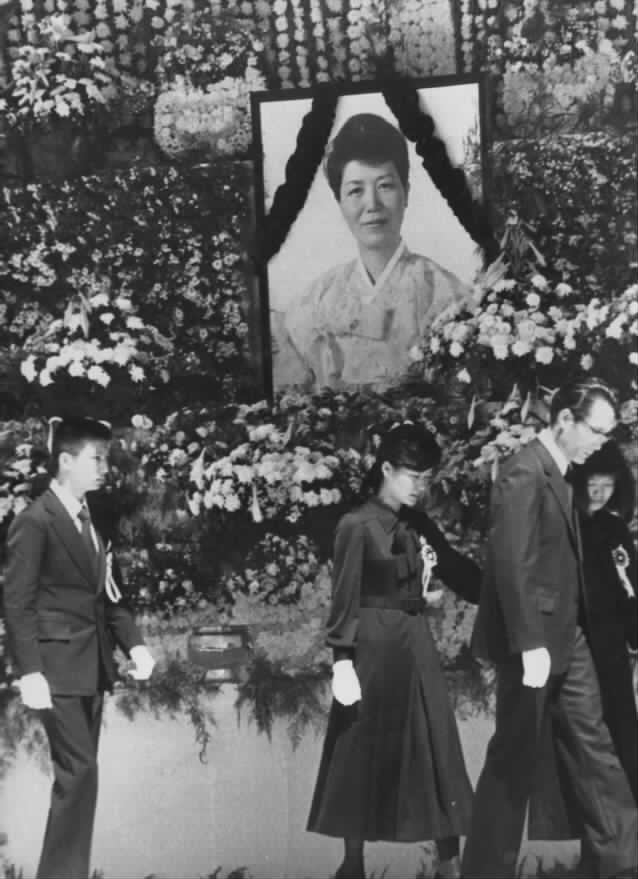
Park's seizure of power through a military coup, iron-fisted rule and suppression of dissidents has made him a polarizing figure, with both supporters and opponents among the public today. However, the same cannot be said for his wife.
Yuk was widely admired as the first lady, back then and even now, and was seen as a symbol of warmth who held great compassion for the less fortunate in society.
Her tragic death and the ensuing five-day state funeral was a unifying moment for the nation, as people from all walks of life came together in mourning.
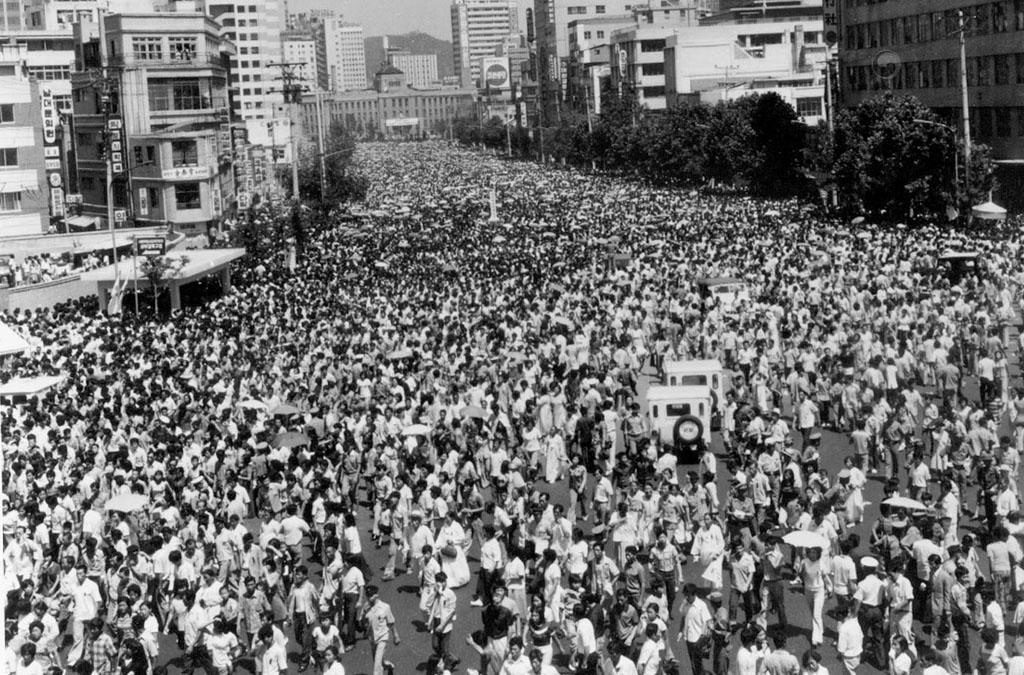
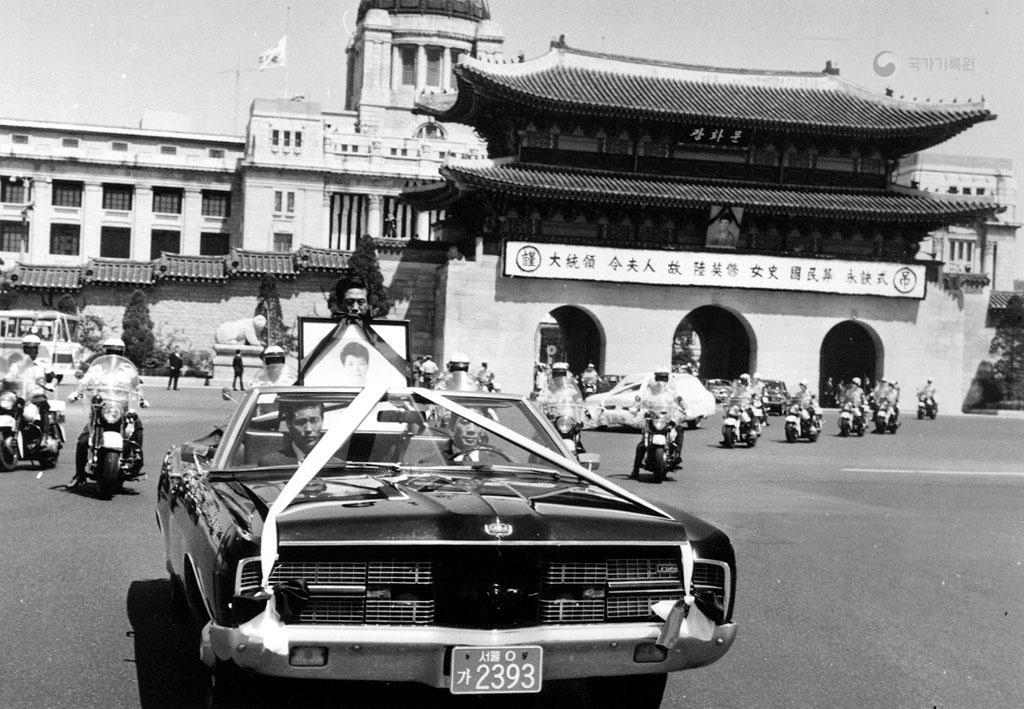
More than 100,000 people -- including key political figures, foreign special envoys and citizens across the nation -- paid their tribute at a mortuary for Yuk set up within the presidential office.
Over 1 million people, many of them weeping, lined the streets to witness Yuk’s funeral procession as it made its way through the heart of Seoul.
The front page of The Korea Herald on Aug. 20, 1974 features the funeral as a top story titled “Farewell to First Lady,” along with several photos of the national funeral service held on Aug. 19 at 10 a.m.
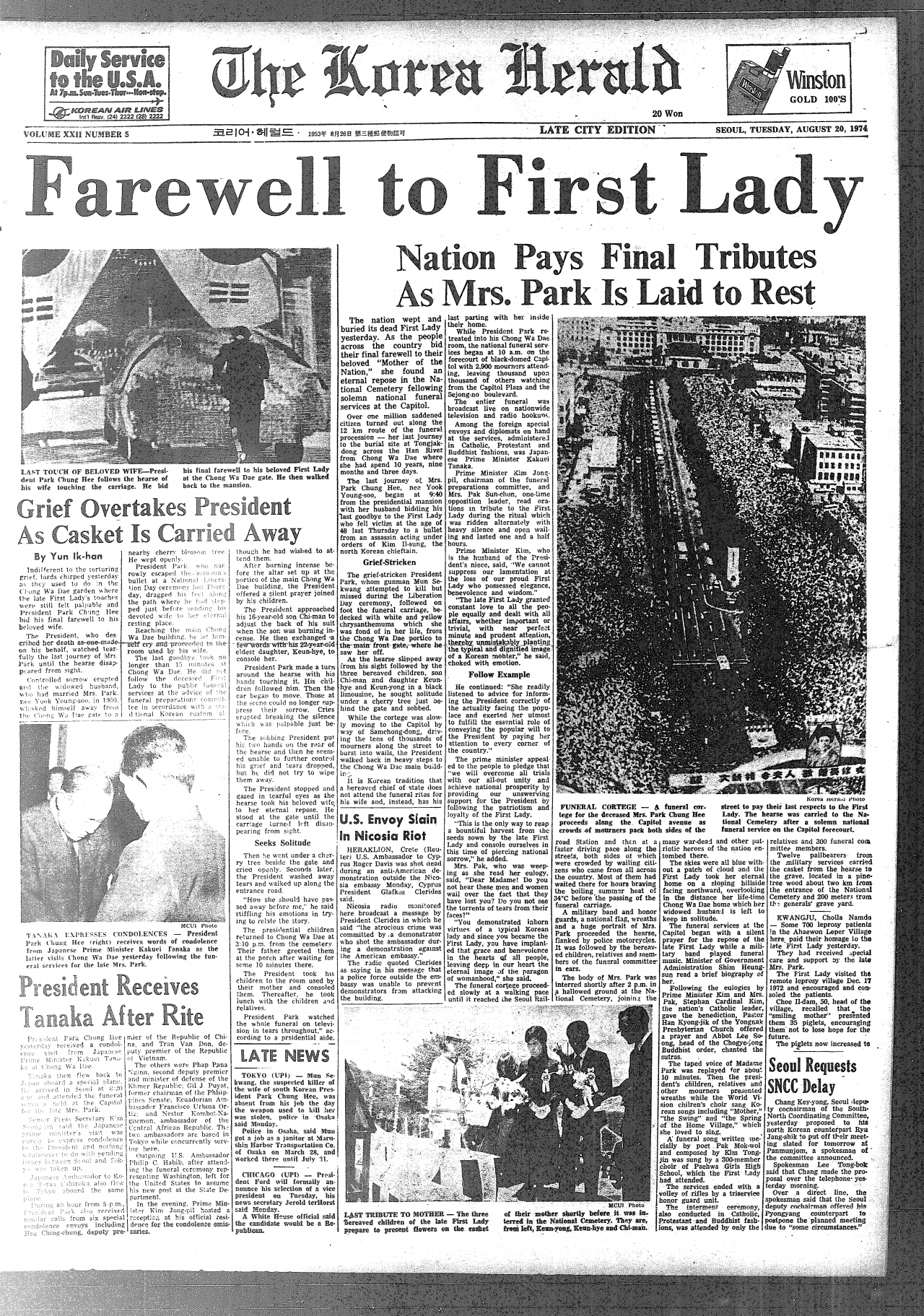
"We cannot suppress our lamentation at the loss of our proud first lady who possessed elegance, benevolence and wisdom," then Prime Minister Kim Jong-pil was quoted in the story as saying during the service.
"The late first lady granted constant love to all the people equally and dealt with all affairs, whether important or trivial, with near perfect minute and prudent attention, thereby unmistakably planting the typical and dignified image of a Korean mother."
Yuk's body was interred at the National Cemetery in Seoul, where former presidents, war heroes and other top patriots are laid to rest.
The couple had three children. While President Park, his second daughter and son stayed by her deathbed, the eldest child Park Geun-hye could not, as she was studying abroad in France at the time. She returned home a day after her mother’s passing.

Of all her works, Yuk is most remembered for her efforts to reach out to patients with leprosy, who had long lived in isolation and were ostracized by society. She was the first high-ranking person to visit a leprosy colony on Sorok Island, shaking hands with patients without wearing gloves.
Investigation, execution and lingering questions
The assassin apprehended at the scene was 22-year-old Mun, who possessed a revolver capable of holding up to five bullets.
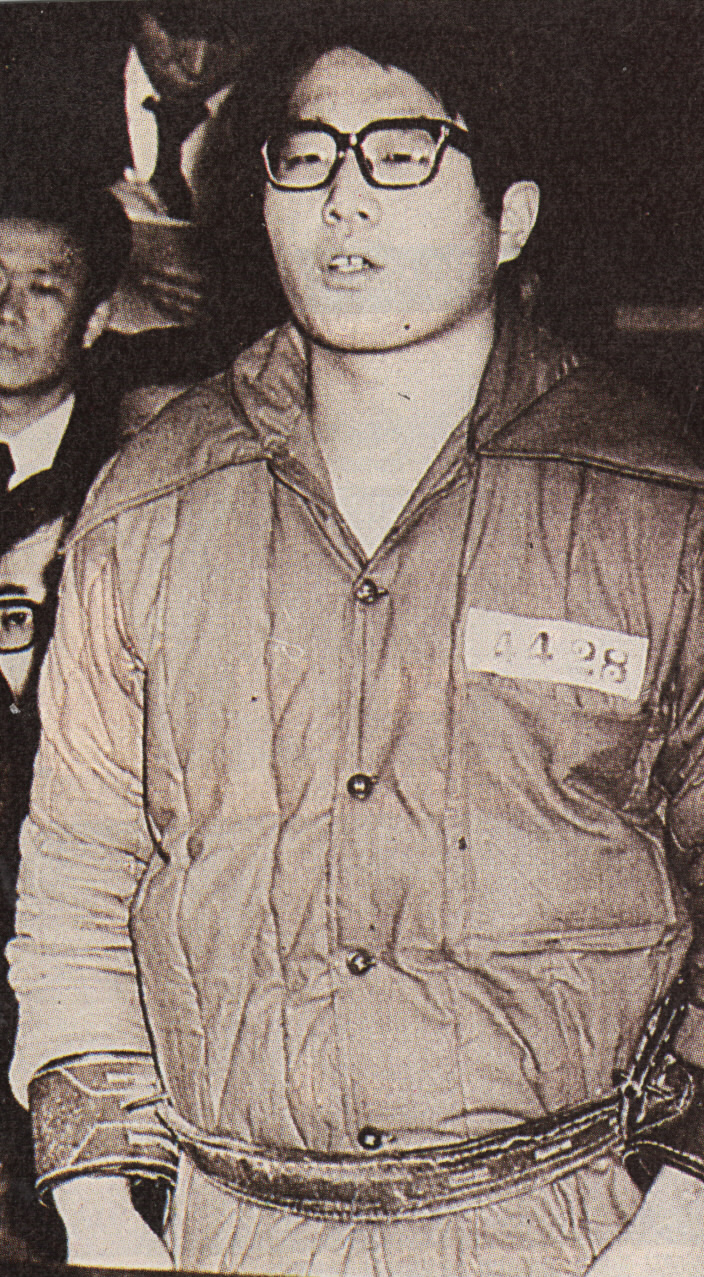
The ensuing investigation determined that a total of seven shots were fired at the scene, and Mun was identified as the shooter who killed Yuk. However, there are lingering doubts about what really happened, due to a lack of concrete evidence and conflicting witness accounts. One factor that contributed to doubts about the investigation's credibility is that despite a security officer confessing to firing the fatal shot at the choir girl, her death was officially attributed to Mun.
The authorities, wrapping up the probe, announced that Mun had plotted to kill Park after receiving orders from North Korea and the so-called “Chongryon” -- a secretive and powerful pro-Pyongyang organization of ethnic Koreans based in Japan -- was behind the assassination.
Mun was executed on Dec. 20, 1974, convicted of violating the National Security Law, two counts of murder and attempted murder.
Kakuei Tanaka, the then-prime minister of Japan, visited Seoul to attend Yuk's funeral, as shown in the bottom right-hand corner of the newspaper's front page.
Despite his condolence visit, Korea-Japan relations were strained following Yuk's death, as it was later discovered that Mun had stolen his revolver from a police station in Japan. Korea also condemned Japan’s lax oversight of pro-North organizations in its territory.
Anti-Japanese sentiment reached its peak amid worsening ties between the neighbors when a group of 200 Korean protesters broke into the Japanese embassy on Sept. 9 of that year and destroyed property, according to local news reports.
But the two countries gradually restored diplomatic ties after Shiina Etsusaburo, vice president of the ruling Liberal Democratic Party, flew to Korea to deliver a letter of apology from Tanaka.
http://www.koreaherald.com/common/newsprint.php?ud=20230322000738